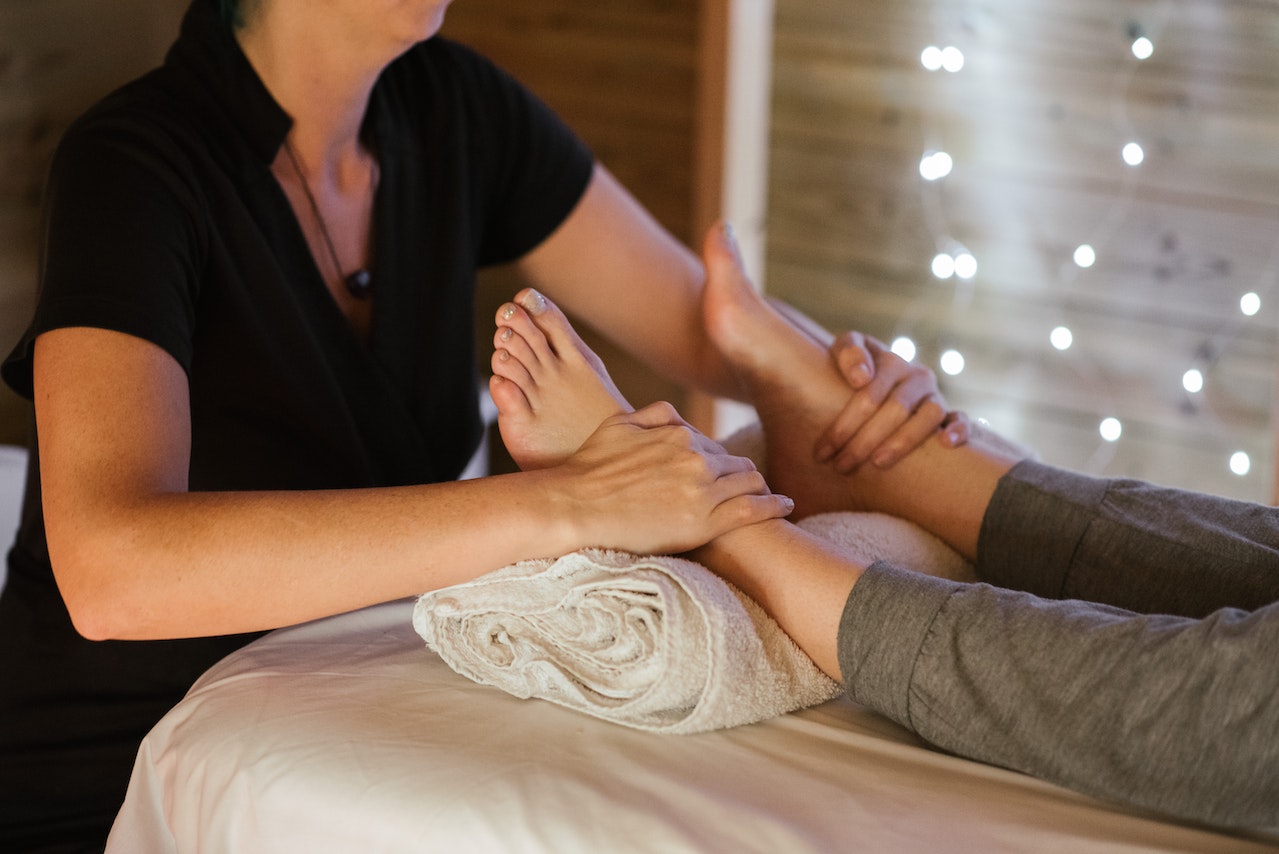The science behind reflexology: Understanding the basics

Reflexology is a holistic approach that has gained popularity in recent years. Learn about the science behind reflexology and its benefits for a balanced life.
Introduction
Are you looking for a natural and non-invasive way to improve your health and wellbeing? Reflexology might be the answer you are looking for. This ancient healing technique has been used for thousands of years to treat various ailments and promote relaxation. In recent years, reflexology has gained popularity as a holistic approach to healthcare.
But what is reflexology, and how does it work? In this article, we will explore the science behind reflexology and its benefits for a balanced life. We will also answer some of the most common questions about reflexology.
What is Reflexology?
Reflexology is a complementary therapy that involves applying pressure to specific points on the feet, hands, or ears. These points, known as reflex points, correspond to different organs and systems in the body. By stimulating these reflex points, reflexologists believe that they can improve the flow of energy and blood circulation, promote relaxation, and help the body heal itself.
How does Reflexology work?
The underlying principle of reflexology is based on the theory that the body is divided into different zones or reflex areas, which correspond to specific organs and systems. By applying pressure to these reflex areas, reflexologists believe that they can stimulate the nervous system, which in turn, triggers the release of endorphins and other chemicals that promote relaxation and wellbeing.
Reflexology also works by improving the flow of energy or life force (known as Qi or Chi) in the body. According to traditional Chinese medicine, the body has meridians or pathways through which the life force flows. By applying pressure to the reflex points, reflexologists believe that they can unblock the meridians and restore the balance of energy in the body.
What are the Benefits of Reflexology?
Reflexology has many potential benefits for both physical and emotional health. Some of the most common benefits of reflexology include:
- Relaxation and stress relief
- Improved circulation
- Reduced pain and inflammation
- Enhanced immune function
- Improved digestion
- Better sleep quality
- Increased energy and vitality
What to expect during a Reflexology session?
A typical reflexology session lasts about 60 minutes, during which the reflexologist will apply pressure to the reflex points on your feet, hands, or ears. You will remain fully clothed, and the reflexologist may use oils or lotions to enhance the treatment.
During the session, you may feel some discomfort or tenderness in certain areas, but it should not be painful. The reflexologist will adjust the pressure and technique to suit your individual needs and preferences.
Who can benefit from Reflexology?
Reflexology is safe and beneficial for most people, including children and pregnant women. However, if you have any medical conditions or concerns, it is important to consult your healthcare provider before trying reflexology.
Reflexology is a non-invasive and gentle therapy, which makes it an excellent choice for people who are looking for a natural and holistic approach to healthcare. It is also a great way to promote relaxation and reduce stress in our busy lives.
FAQs about Reflexology
Q: Is reflexology a type of massage? A: No, reflexology is not a type of massage. It involves applying pressure to specific points on the feet, hands, or ears, while massage involves manipulating the soft tissues of the body.
Q: Is reflexology painful? A: Reflexology should not be painful, but you may feel some discomfort or tenderness in certain areas.
GET IN CONTACT
If you require any more information, please contact Donna directly on 07790 789036. Or simply fill out the form on our contact page
